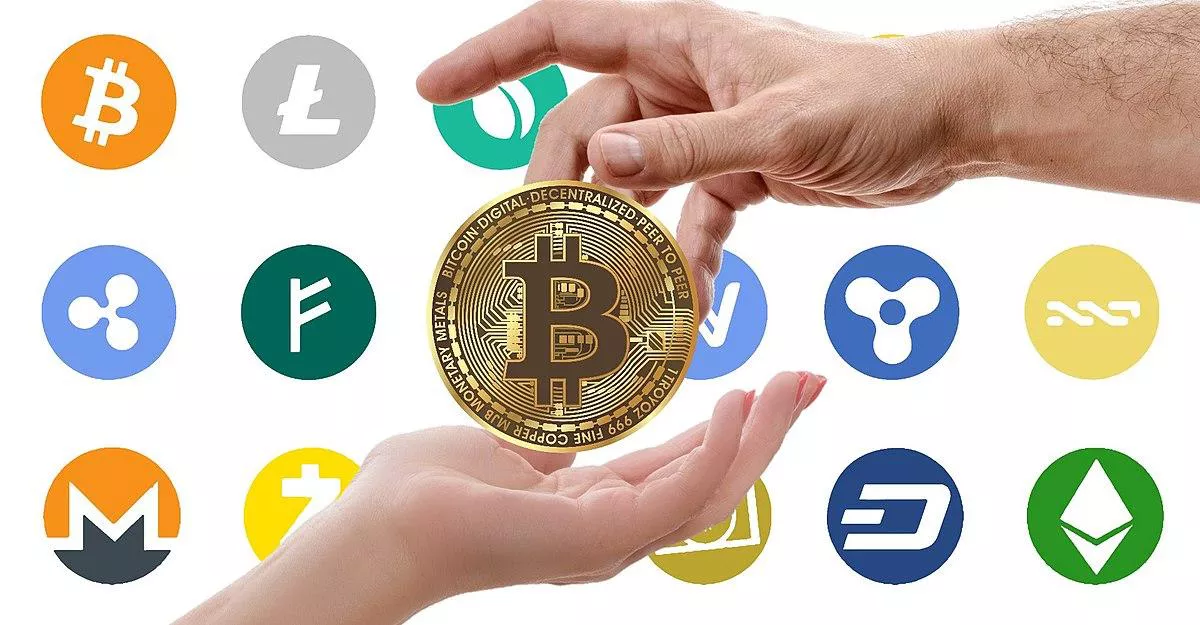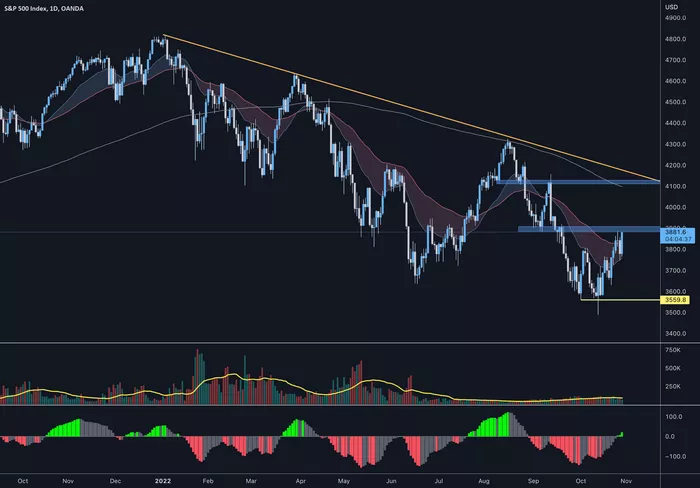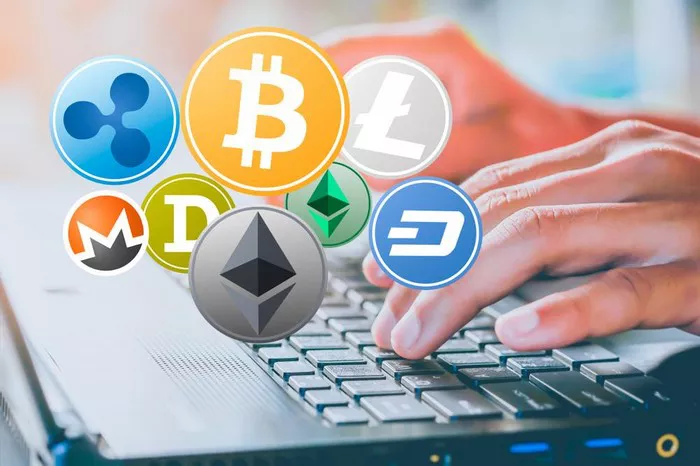Bitcoin prices have surged more than 33% since the halving in April 2024, when the block reward dropped from 6.25 BTC to 3.125 BTC. This mechanism built into the Bitcoin network is designed to reduce new supply and maintain scarcity. However, this time, the usual four-year market cycle seems to be changing.
Data shows that Bitcoin hit an all-time high of $109,000 on January 20, just 273 days after the halving. In previous cycles, halvings took much longer – 546 days after the 2021 halving and 518 days after the 2017 halving.
Several analysts pointed to the interest of institutional investors and the growth of Bitcoin ETFs as key reasons for the accelerated rise in Bitcoin prices. Bitget COO Vugar Usi Zade said that the current institutional investor demand, coupled with the scarcity brought by the halving, could push Bitcoin prices above $90,000 again and possibly set new highs. He added that while scarcity provides a solid foundation for Bitcoin’s price increase, the timeline for price reaction is not fixed and depends on broader market trends.
Enmanuel Cardozo, a market analyst at asset tokenization platform Brickken, also believes that institutions are playing a larger role. He mentioned companies such as Strategy and Tether, and said that their growing involvement could shorten the traditional cycle. For the 2024 halving, Cardozo estimates that if the trend follows the previous cycle, the market will usually bottom around the third quarter of 2025 and peak in mid-2026. However, due to increased liquidity and a more mature market, he believes that these milestones may come earlier.
Cardozo also pointed out that investors are currently cautious due to past experience and ongoing economic uncertainty. “So, although Bitcoin has shown resilience, I think past experience, economic uncertainty, and current selling pressures are keeping investors on the sidelines and waiting for a stronger green light to come on before entering the market,” he said.
Global economic concerns, especially Sino-US trade tensions, have also added to market uncertainty. Analysts say these geopolitical factors are affecting investor sentiment. At the same time, monetary policy decisions, especially those of the Federal Reserve, may also affect the trend of Bitcoin. A potential rate cut expected in May or June could inject more liquidity into the system, which some believe would be bullish for Bitcoin.
Despite external pressures, Bitcoin’s price action since the halving has been unusually fast compared to previous cycles. The growing role of institutional investors and financial products such as ETFs appear to be reshaping the way the market reacts to halving events. While historical patterns still provide a rough guide, new factors are changing their rhythm.
































